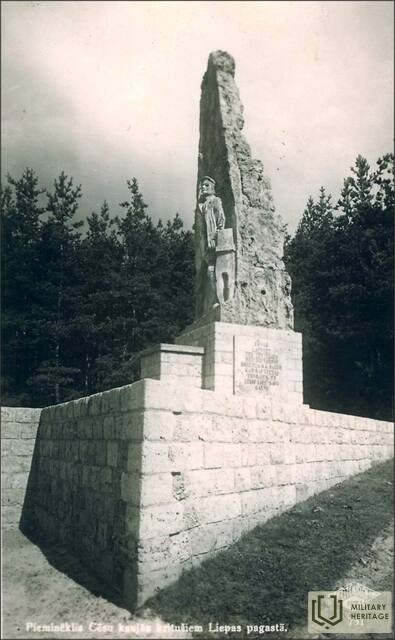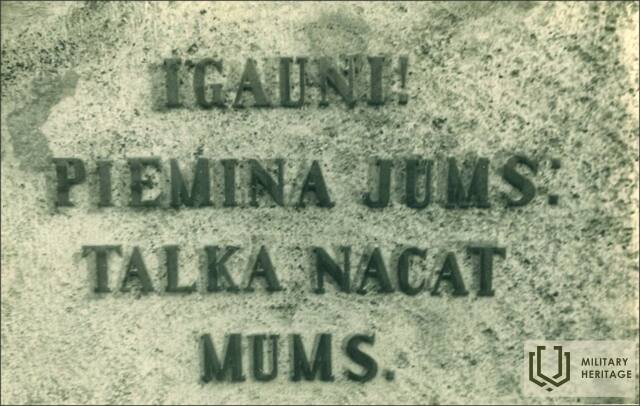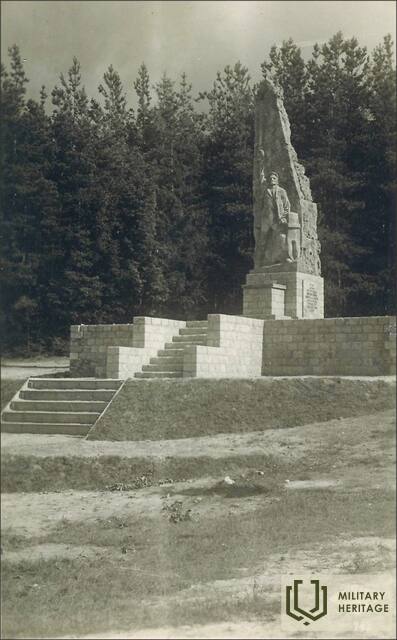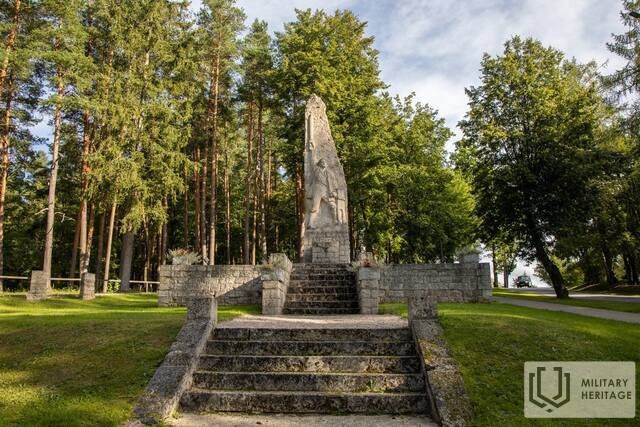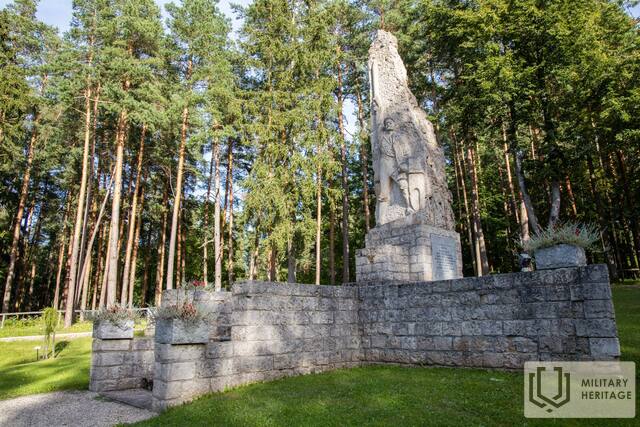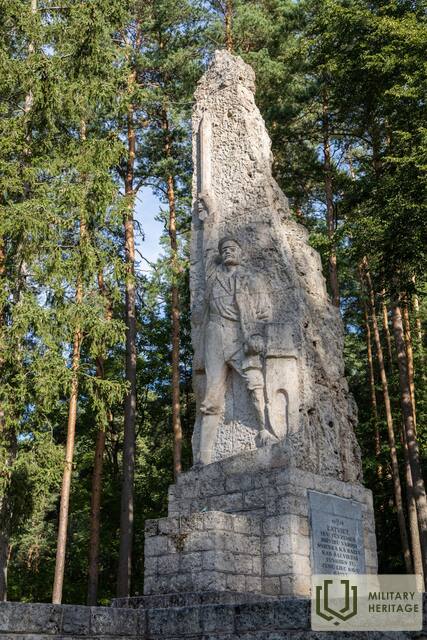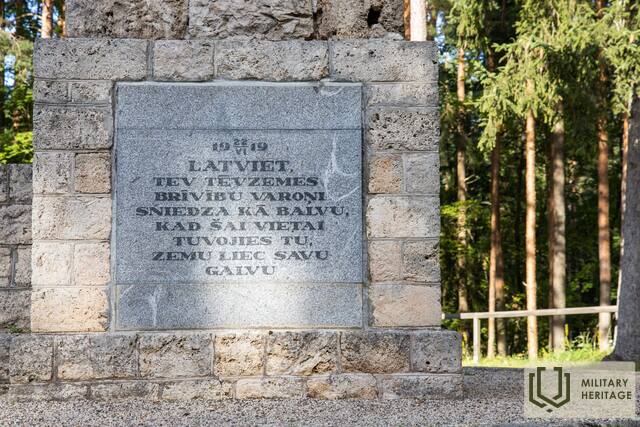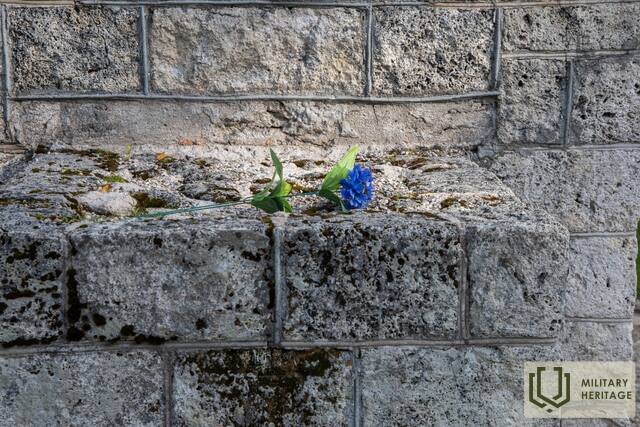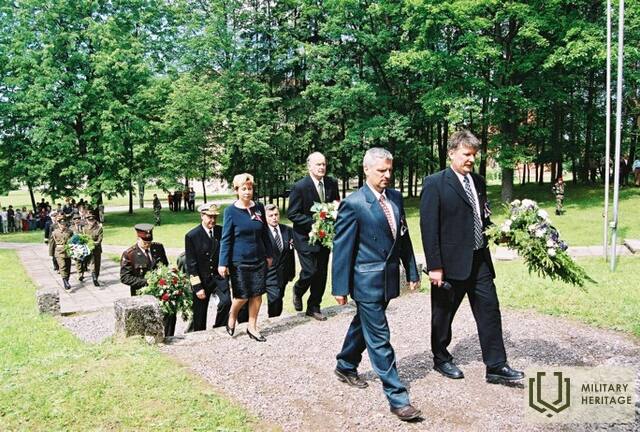Paminklas Cėsių mūšiams atminti Memorialinė vieta
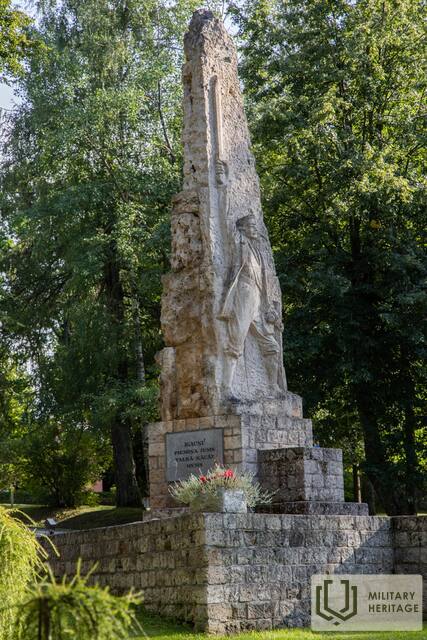

Paminklas Cėsių mūšiuose žuvusiems estų ir latvių kariams yra Priekulių savivaldybėje, Liepoje, maždaug 1 kilometrą į pietus nuo Lodės geležinkelio stoties, Rūpnīcas gatvės pusėje. Pirmasis paminklo akmuo buvo padėtas 1929 m. rugsėjo 22 d., o paminklas atidengtas 1935 m. rugpjūčio 11 d. Paminklas, sukurtas pagal skulptoriaus Augusto Jullos, gyvenusio Julose, Liepos parapijoje, eskizą iš Allažių kaimo kalkakmenio, yra aukštražis valstiečio kareivio, viena ranka besiremiančio į plūgą, o kita – pakeltu kardu, atvaizdas. Skulptūros veidui sukurti panaudota skulptoriaus tėvo Janio Jullos mirties kaukė. Pasak Liepos parapijos istorijos tyrinėtojo Aivaro Vilnio, žvelgiant į paminklą iš paukščio skrydžio, matyti, kad jo pagrindas, takas ir laiptai, vedantys prie paminklo, sudaro strėlės, nukreiptos į Liepos dvarą (Lindenhoff) vokiečių pozicijų Cėsių mūšių kryptimi, formą. Žinoma, kyla abejonių, ar tai iš tikrųjų buvo autoriaus sumanymas tuo metu, tačiau tai neabejotinai praturtina mūsų šiandieninę paminklo interpretaciją. Šalia paminklo yra vienintelės Latvijoje natūralios smiltainio arkos, žinomos kaip „Lielā Ellīte“ („Liepas Ellīte“ arba Velnio krosnis).
Panaudoti šaltiniai ir literatūra:
Lismanis, J. 1915–1920. Mūšių ir žuvusių kareivių atminimui: Pirmojo pasaulinio karo ir Latvijos išsivadavimo kovų memorialinės vietos. Ryga: NIMS, 1999
https://karavirukapi.blogspot.com/2019/07/liepa-piemineklis-cesu-kauju-atcerei.html
https://timenote.info/lv/Augusts-Julla
http://turisms.cesis.lv/ko-redzet/dabas-objekti/liela-ellite/
Susijusi laiko juosta
Susijusios temos
Susijusi istorija
Cėsių mūšio pradžia, eiga ir pabaiga
Pergalė Cėsių mūšyje turėjo tapti lūžio tašku Latvijos ir Estijos kovoje už savo šalies nepriklausomybę. Ši pergalė sustabdė Andrijevo Niedros vyriausybės ir vokiečių generolo Rüdigerio fon der Golco planus užkariauti Pabaltijį. Vietoj to, Liepojoje savo veiklą atnaujino Karlio Ulmanio vadovaujama Laikinoji Latvijos vyriausybė.




